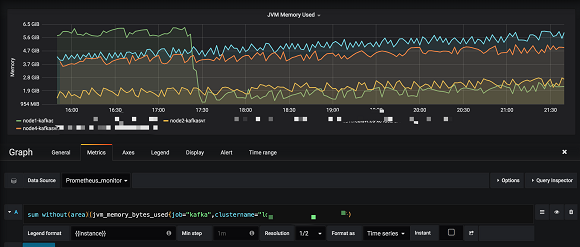Is it time for time-series databases?
We need many types of data… and we need many types of databases.
In our always-on world of continuous computing (and continuous integration and continuous deployment) there is (arguably) a more pressing need for time-series databases.
As TechTarget reminds us, “A time series is a collection of data points that are gathered at successive intervals and recorded in time order. Examples include changes to trades in a financial market, statistics collected from microservices, memory alerts, statuses, event data and dynamic assets.”
Time series databases are especially useful to monitor access metrics, failure metrics, process behaviour and workload monitoring.
Keen to promote its approach to open source time series database and monitoring products is VictoriaMetrics.
The US west coast headquartered company that also ranks as a Ukrainian startup says it is experiencing solid growth, but why?
The company, founded by former engineers from Google, Cloudflare and Lyft to address scalability issues with existing open source monitoring and observability solutions, reached 100 million downloads in 2022, including one million on GitHub.
“Our growth this year is testament to the growing demand for time series database monitoring solutions”, said Roman Khavronenko, co-founder of VictoriaMetrics. “The fact that we have achieved this growth completely remotely is proof of the resilience and ingenuity of our team.”
Time on the edge
Last year, the company expanded its offerings to meet an array of applications, including the integration of its monitoring solution with edge computing technology.
An example of this is VictoriaMetrics’ collaboration with Open Cosmos, a multi-satellite data platform, to provide scalable edge computing capabilities for the launch of low Earth orbit (LEO) satellites.
VictoriaMetrics also made an impact assisting the monitoring tasks of the Compact Muon Solenoid (CMS) experiment at the European laboratory for particle physics, CERN. The project, focused on examining extra dimensions and dark matter, opted for VictoriaMetrics after encountering scalability issues with long-term monitoring partners Prometheus and InfluxDB.
According to Khavronenko, VictoriaMetrics consistently using less CPU, RAM and storage space for the same workload and data collection compared to similar solutions.

Image: https://github.com/VictoriaMetrics/VictoriaMetrics/issues/80



